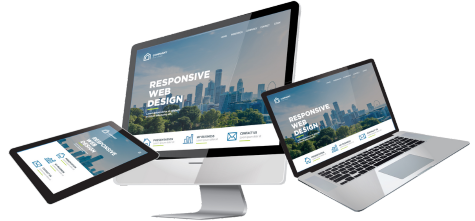You may have noticed that rankings aren’t always consistent. They can change on a daily basis, or even hourly depending on what’s being done in the background. If you don’t rank for a specific search term and then a new one is published that is directed towards that term, sometimes you’ll be able to begin ranking for it within minutes of Google indexing it. What you may not have realized though, is that there are 200 different factors that contribute to the rankings of a website. Though some can be manipulated in order to affect results, there are many that cannot. These include heavily weighted factors like the age of your domain. Here is a brief overview of the largest categories affecting rankings, and what they embody.
Ranking Factor Categories
Domain Level – At the domain level you have various factors that have to with the domain itself. This is your URL, and some of these factors are immutable. You cannot affect its age, and when one factor like age is great, it can be worth it to keep a domain even if it doesn’t include another factor like the inclusion of a major keyword in it. Other considerations include domain registration length, domain suffixes like .ca or .biz and WHOIS settings.
Site Level – Major factors include site trust and after the Mobilegeddon update, mobile optimization. Things like the navigability of the site and ease of use are also important. A customer should have an easy time finding what they are looking for, and breadcrumb navigation makes for concise menus. On the back end, items like the site architecture and layout are firmly in the hands of your developers.
Page Level – Some of the biggest page level factors have do with tagging and content. Links, images, and videos can all be tagged, and content should contain appropriate levels of the keyword while being educational for the reader. Factors like page loading are dependent on servers. Outbound linking can have positive effects if few are used, sitemap priority, and layout all have an effect. Creating pages that answer customers questions before they ask them is the best way to ace page level optimization.
Back Links – Quality is king when it comes to back links. Having a site linked to from sites with a high authority offer the most punch while internal linking helps Google to understand which of your pages are important. Removing bad links and including outgoing links to useful resources for page goers can also be useful. Like your own site, the age of these back links also has an effect. That’s just the tip of the back link iceberg though.
Those are the biggies, but Google also takes into account how and for how long users interact with your site, where the user is located, what they’ve searched for in the past, the social media presence of a site and cross-site uniformity of branding. Negative factors include things like bad affiliates, broken links, over optimization and more.
Now that you understand how many things determine a sites rankings, you can see why no one has a definitive answer for how to rank and that it never boils down to just one thing. With 200 factors to consider and Google remaining notoriously tight lipped about how exactly they weight and what exactly they consider you can be guaranteed your SEO company will always be hard at work analyzing data, improving methodology, and working hard to get you the best rankings possible. When you want an SEO company that always has their eye on the future and consistently works hard for you call (888) 400-4002 or contact Effective Web Solutions today.

